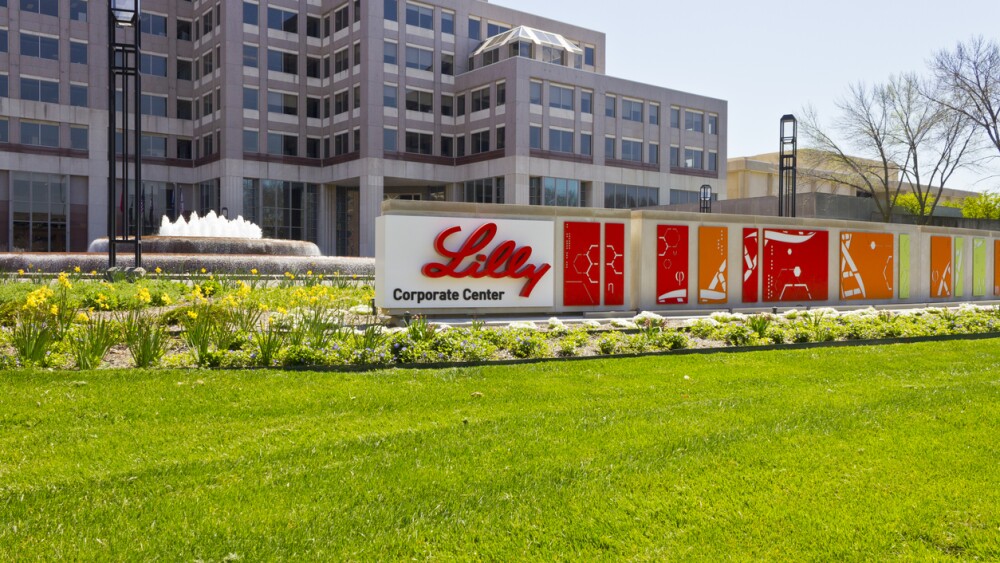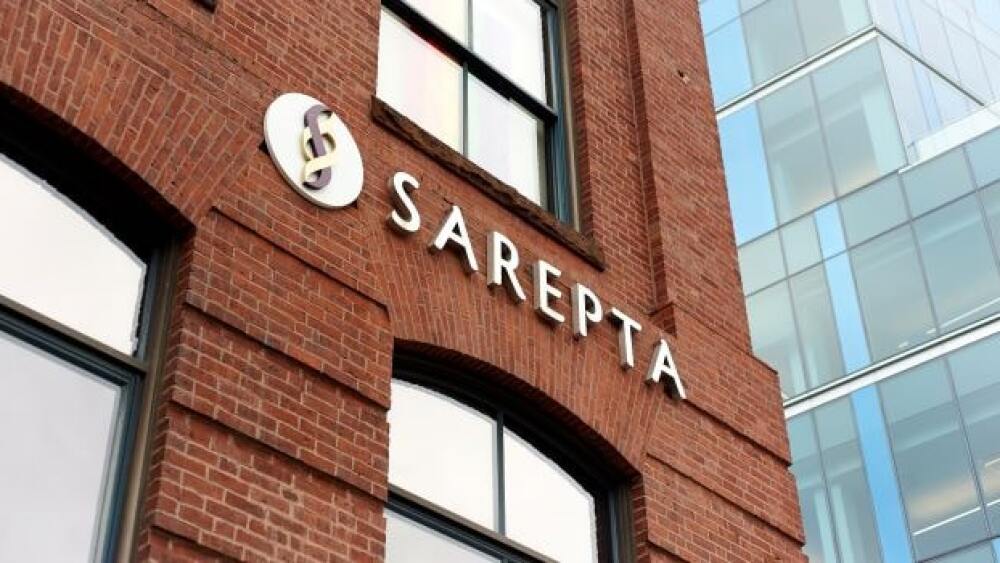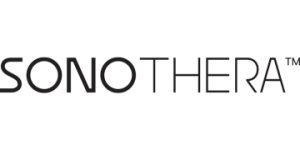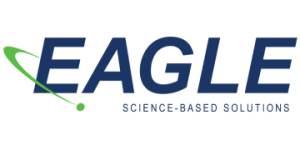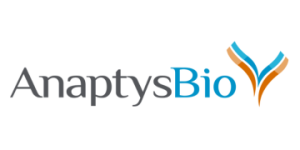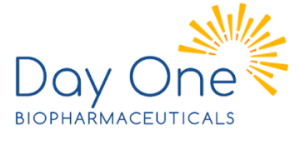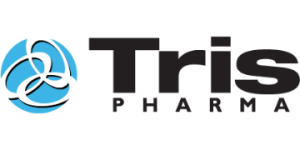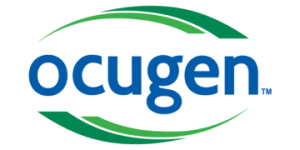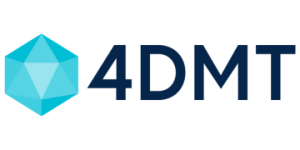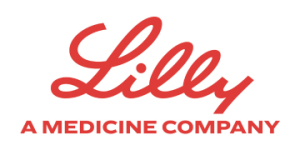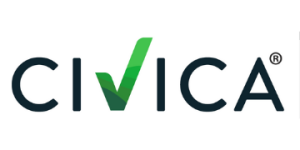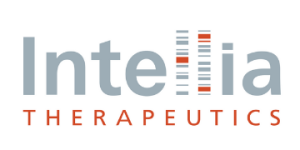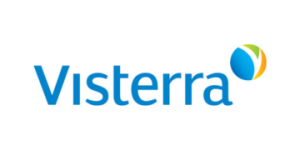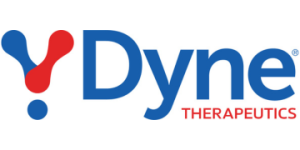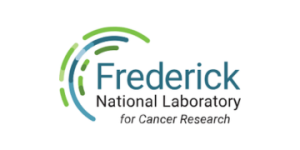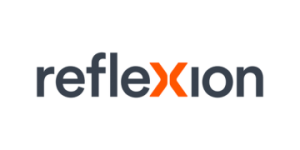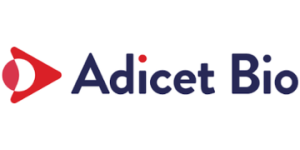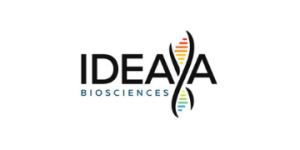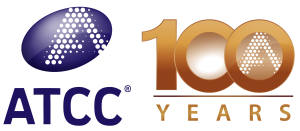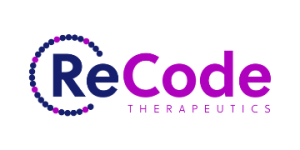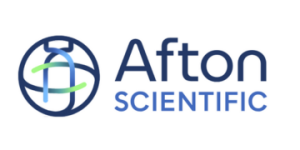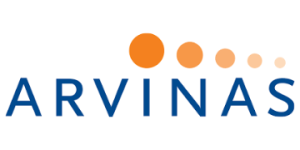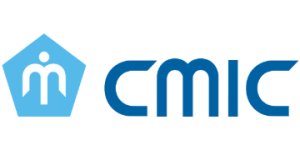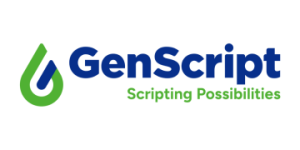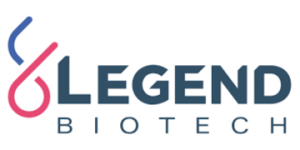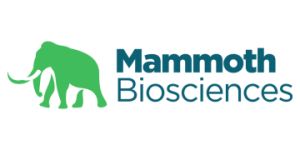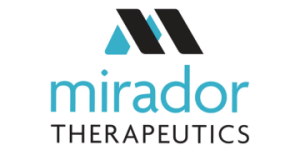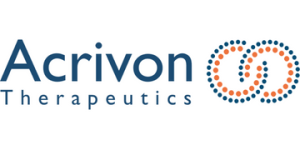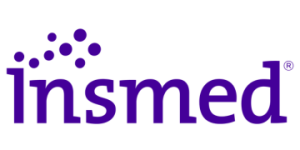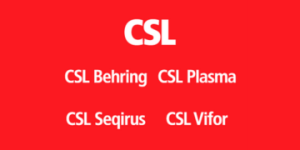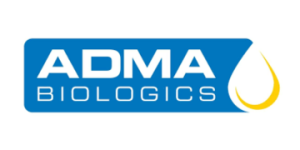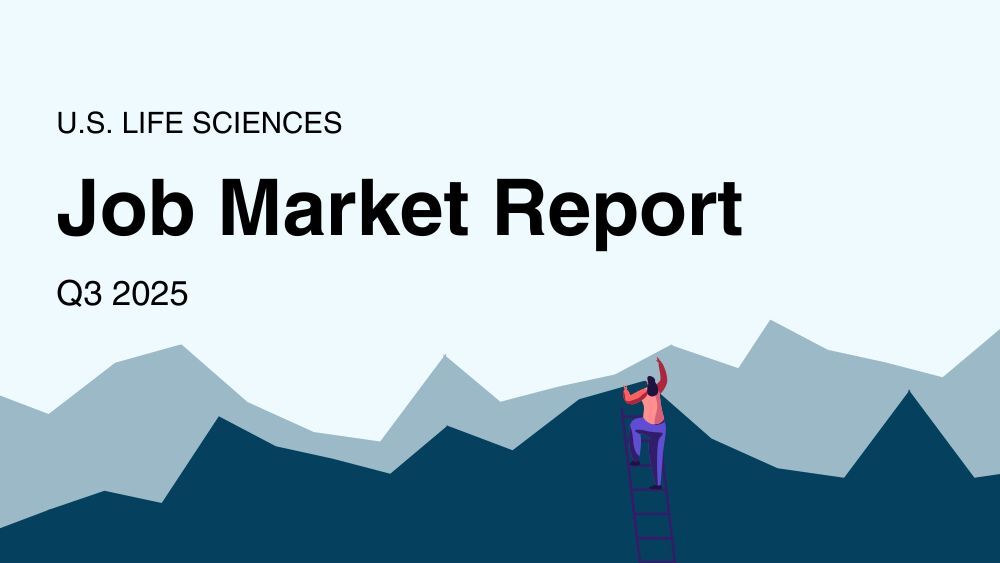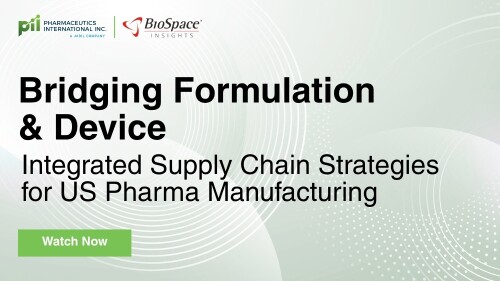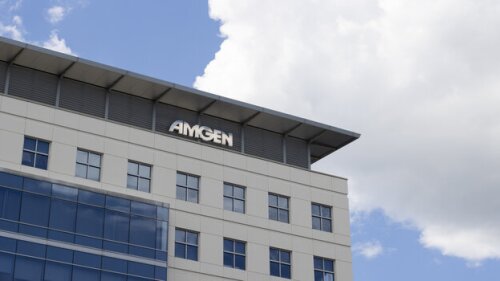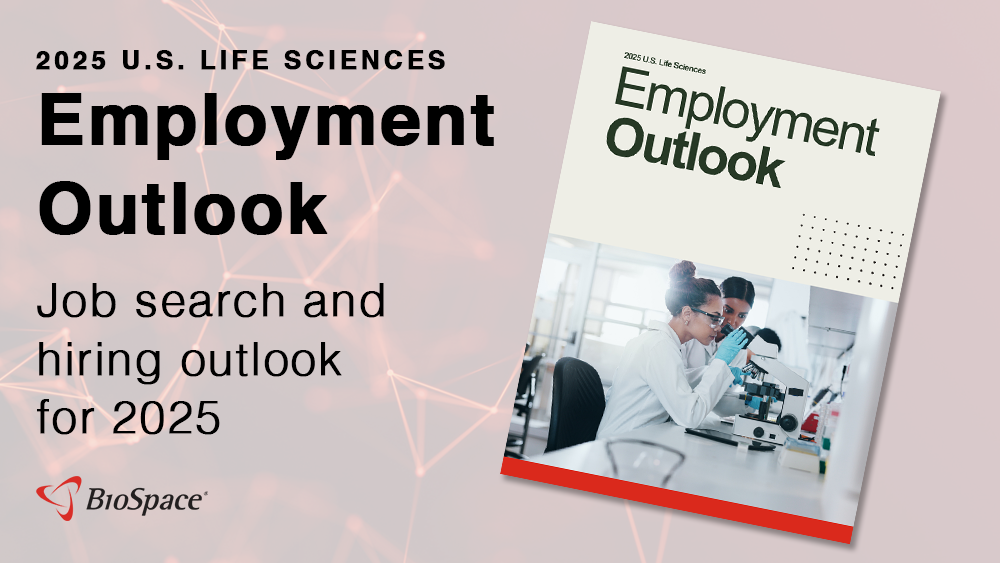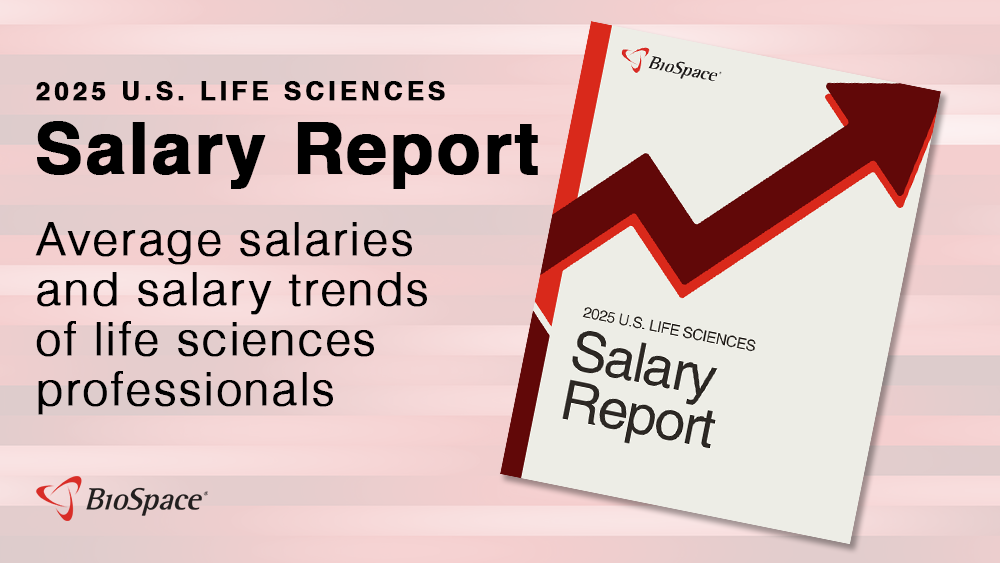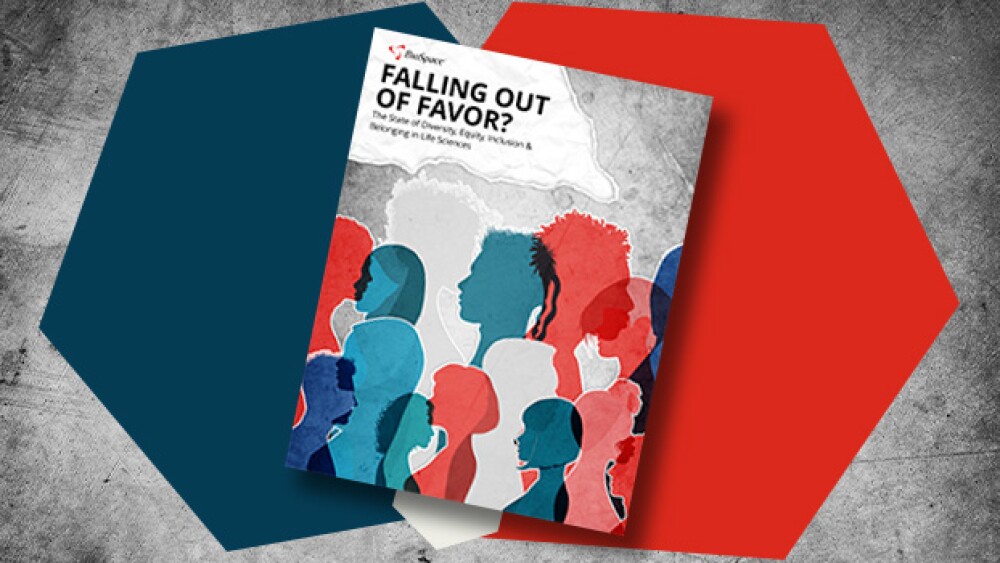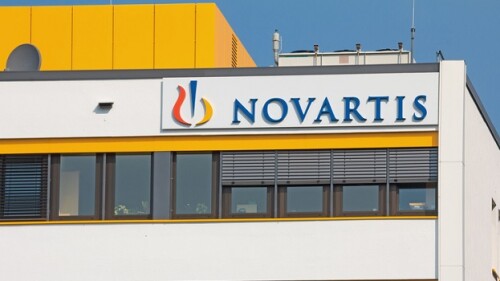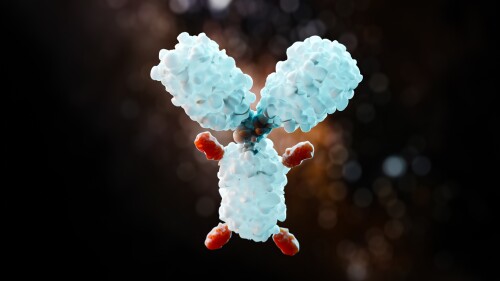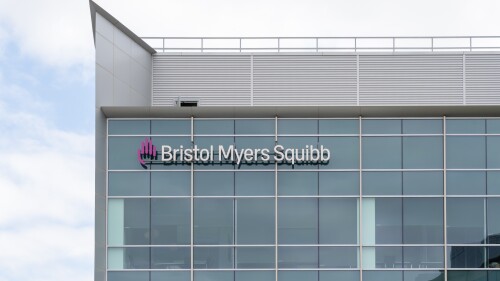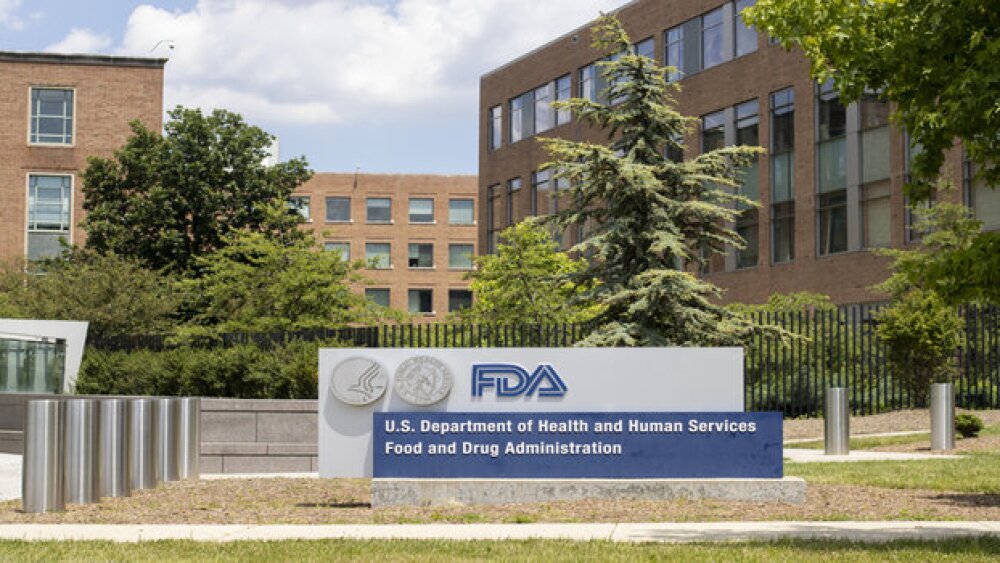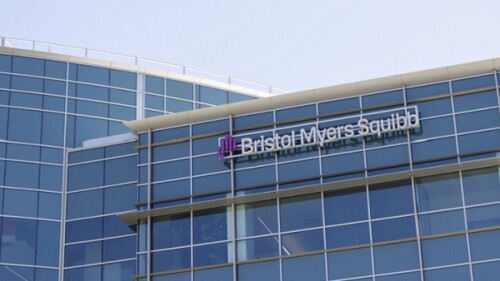A draft copy of the Make America Healthy Again Commission’s latest report, obtained by Politico, focuses on vaccine-related injuries and expediting access to investigational medicines for children—even though the FDA has recently rejected several of them.
Waltham, Massachusetts–based Skyhawk Therapeutics has been collecting collaborations with larger companies in spades since launching in 2018.
Patients who are prescribed Wegovy or Ozempic can now use GoodRx to access the medications at just $499 a month if they skip insurance. This is not the first time Novo has partnered with a pharmacy to offer the blockbuster drugs.
Inclacumab, which Pfizer obtained in its 2022 acquisition of Global Blood Therapeutics, failed to significantly lower pain episodes in patients with sickle cell disease over the 48-week treatment period.
Kriya is advancing a host of gene therapies for a wide variety of chronic diseases, including geographic atrophy, trigeminal neuralgia and type 1 diabetes.
In Phase III studies, Tonmya showed significantly superior analgesic effects in patients with fibromyalgia versus placebo. The sublingual pill also led to better clinical outcomes.
FEATURED STORIES
Lilly CEO Dave Ricks in Wednesday’s third-quarter earnings call acknowledged that the company is at the mercy of wholesaler stocking decisions.
Big-name venture capital firms are raising billions again, though funding a small number of de-risked companies. Meanwhile, smaller VC firms are catching the less flashy companies they think could be future pillars of the sector.
BioSpace has been compiling a list of the most innovative and exciting biotechs for a decade. Here we take a look back at noteworthy companies from each of those lists.
While some analysts say Donald Trump is a wild card when it comes to drug pricing, many argue his presidency would be more positive for the industry overall, as Kamala Harris has her price-cutting sights squarely on Big Pharma.
As therapies for rare and neurological diseases earn accelerated approval, experts laud the program’s intent while remaining concerned about confirmatory trials and clinical efficacy, especially as products greenlit under this pathway are pulled from the market.
With Sarepta’s gene therapy Elevidys now available to a majority of Duchenne muscular dystrophy patients, experts express cautious optimism while emphasizing the need for further data.
LATEST PODCASTS
In this episode presented by PII, BioSpace’s head of insights discusses how to relieve clinical trial patients of technological burden to improve compliance with guests Oliver Eden and Travis Webb.
Pfizer and Novo Nordisk continue to fight for ownership of obesity startup Metsera; CDER Director George Tidmarsh leaves his position amid an ongoing probe into his “personal conduct”; FDA reverses course on approval requirements for uniQure’s Huntington’s gene therapy; Sarepta’s exon-skipping Duchenne muscular dystrophy drugs fail confirmatory study.
In this episode presented by Element Materials Technology, BioSpace’s head of insights discusses how China, historically focused on manufacturing, is increasingly becoming an innovation leader, particularly in pharmaceuticals, with guests Dr. Jihye Jang-Lee and Dr. Khanh Courtney. Ultimately, balanced strategies involve domestic capacity investments coupled with global collaboration.
Job Trends
GenScript, a global leader in life science research and application services, is excited to announce that it has been awarded the Bronze Medal by the internationally renowned provider of business sustainability ratings EcoVadis.
Subscribe to Genepool
Subscribe to BioSpace’s flagship publication including top headlines, special editions and life sciences’ most important breaking news
SPECIAL EDITIONS
In this deep dive, BioSpace investigates China’s rise as a biotech powerhouse.
In this deep dive, BioSpace explores the next big thing in obesity.
BioSpace did a deep dive into biopharma female executives who navigated difficult markets to lead their companies to high-value exits.
DEALS
-
The bladder cancer-focused company’s larger-than-expected Nasdaq debut on Thursday opens this year’s batch of planned initial public offerings, which include at least half a dozen biotechs.
-
Most respondents expressed concerns about the economic environment, as competition for jobs jumped more than 130%.
-
This week, Lori, Greg and Tyler discuss the first surge of IPO activity this year plus gene therapy pricing,
-
The French drugmaker is buying California-based biotech Inhibrx to gain access to its clinical-stage drug candidate for alpha-1 antitrypsin deficiency, as it tries winning over investors with potential blockbusters.
-
As with any new year, 2024 presents new possibilities; though new and existing challenges are also poised to shape its trajectory. BioSpace reflects on the recent JP Morgan Healthcare Conference and future outlook with key opinion leaders who share their thoughts on the economic climate.
WEIGHT LOSS
-
Eli Lilly’s Mounjaro outperformed Novo Nordisk’s Ozempic at inducing weight loss in obese or overweight adults, according to an observational study published Monday in JAMA Internal Medicine.
-
GLP-1 receptor agonists could reduce the risk of 10 obesity-associated cancers, such as meningioma, multiple myeloma and colorectal cancer, according to an analysis of electronic health records.
-
Eli Lilly, Rivus Pharmaceuticals and more target different biological processes in hopes of generating higher-quality weight loss and avoiding metabolic issues.
-
President Joe Biden and Sen. Bernie Sanders in a Tuesday op-ed in USA Today called on Novo Nordisk and Eli Lilly to “stop ripping off Americans” with “unconscionably high prices” for their GLP-1 medicines.
-
Eli Lilly, Rivus Pharmaceuticals and more target different biological processes in hopes of generating higher-quality weight loss and avoiding metabolic issues.
POLICY
-
Based on how President-elect Donald Trump’s first administration handled immigration, experts are concerned about how his second term will impact foreign-born biopharma professionals. Two immigration attorneys discuss what may be ahead, including increased difficulty getting work visas.
-
President-elect Donald Trump and his incoming administration are unlikely to attempt a wholesale restructuring of U.S. healthcare and could promote M&A activity, but controversial picks like Robert F. Kennedy could impact vaccine sales, experts say.
-
Trump is rounding out his health cabinet with another controversial figure: one of the authors of the Great Barrington Declaration, which advocated for herd immunity through infection during the COVID-19 pandemic.
-
BridgeBio’s Attruby wins approval for transthyretin amyloid cardiomyopathy while the FDA accepts Alnylam’s application for Amvuttra in the indication; Cassava’s controversial Alzheimer’s drug flunks Phase III; Amgen’s MariTide fails to impress investors, Donald Trump’s controversial nominations continue.
-
Currently, Eli Lilly’s GLP-1 drugs Mounjaro and Zepbound (tirzepatide) are not on the FDA’s shortage list but compounded pharmacies are still making them. That’s unprecedented.
Once you have your job search spreadsheet organized and the hunt is officially underway, complete the tasks that come up with this method in mind.
Two effective focal components – deployed separately or together – are the resume headline and resume branding statement.
Going into an interview knowing that it’s OK to be yourself and perfection isn’t the goal can help alleviate that self-imposed pressure.
In order to play the “cat and mouse” game with poise, we’ve provided a breakdown of the steps to take to negotiate properly. Read on for tips to help you successfully negotiate a job offer.
Once you’ve determined where you want to reside, the next step is hunting for a premier job in your field in that location.
Before you even begin researching, prioritize which aspects of the job offer are most important to you.
HOTBEDS
REPORTS
In this Employment Outlook report, BioSpace explores current workforce sentiment, job activity trends and the prospective job and hiring outlook for 2025, particularly as it compares to the previous year.
BioSpace’s third report on diversity, equity, inclusion and belonging in life sciences examines dramatic shifts in attitude around diversity initiatives.
CANCER
-
The mesothelioma approval for the Keytruda combination regimen potentially unlocks a $12 billion market opportunity, according to a recent report from research firm IMARC Group.
-
The FDA’s approval of Kisqali in combination with an aromatase inhibitor allows Novartis to target patients with earlier breast cancer who are at risk of recurrence.
-
Infusions of Vertex and CRISPR Therapeutics’ Casgevy and bluebird bio’s Lyfgenia have begun; Moderna targets 10 approvals through 2027; more oral obesity drug data; the latest from ESMO and more.
-
Despite meeting the primary endpoint in a Phase III study, two patients treated with Merck and Daiichi Sankyo’s experimental antibody-drug conjugate died in a Phase III non-small cell lung cancer study, though the deaths have not been linked to patritumab deruxtecan.
-
Bristol Myers Squibb presented the positive Phase III results on its already approved Opdivo-Yervoy combo at ESMO over the weekend, while separately announcing that it was returning Immatics’ bispecific T cell engager.
NEUROSCIENCE
-
Accurately diagnosing Alzheimer’s disease pathologies is becoming increasingly important, but the U.S. is facing imaging resource constraints.
-
While Sage Therapeutics’ drug candidate showed a slight difference compared to placebo in a mid-stage Huntington’s disease trial, William Blair analysts in a Tuesday note to investors said they “remain cautious” on dalzanemdor and “do not view the small numerical changes as definitive.”
-
Despite concerns raised in FDA briefing documents about Eli Lilly’s Alzheimer’s treatment, donanemab, the committee concluded that the benefits outweighed the risks.
-
In advance of an advisory committee meeting on Monday, the FDA’s internal reviewers have raised issues regarding Eli Lilly’s Alzheimer’s disease candidate donanemab, flagging problems with its study design and safety outcomes.
-
In this deep dive BioSpace analyzes the neuropsychedelic therapeutics pipeline, which grabbed headlines in February when the FDA accepted the New Drug Application for Lykos Therapeutics’ MDMA capsules for PTSD.
CELL AND GENE THERAPY
-
The regulator on Monday slapped Abeona Therapeutics with a Complete Response Letter for its investigational cell therapy pz-cel due to chemistry, manufacturing and controls issues.
-
Bristol Myers Squibb will be using Cellares’ Cell Shuttles, an automated production system capable of producing multiple cell therapies simultaneously, to potentially improve turnaround time to support the pharma’s CAR T cell therapies.
-
Following a months-long safety review, the regulator on Thursday said it is now requiring updated black box warnings for all commercially available CAR-T therapies to reflect the risk of secondary malignancies.
-
A one-time treatment for Parkinson’s disease could be a ‘market changer,’ experts told BioSpace, adding that cell therapies could limit the adverse effects seen with current drugs.
-
From gene-corrected cell therapies to a new CAR-T, the cell and gene therapy space looks to expand its reach into the market.










